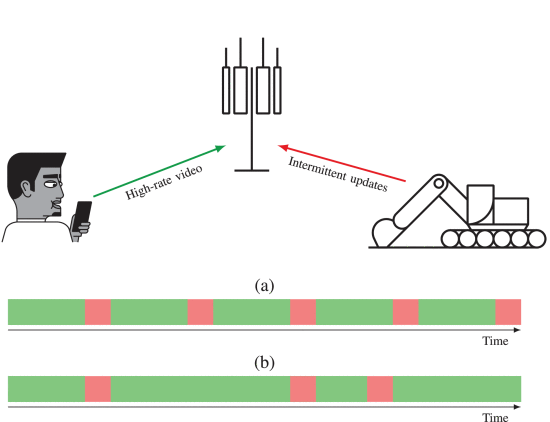Great tutorial on timing in Wireless Communications.

Source:
Abstract:
With the advent of 5G technology, the notion of latency got a prominent role in wireless connectivity, serving as a proxy term for addressing the requirements for real-time communication.
As wireless systems evolve toward 6G, the ambition to immerse the digital into physical reality will increase.
Besides making the real-time requirements more stringent, this immersion will bring the notions of time, simultaneity, presence, and causality to a new level of complexity.
A growing body of research points out that latency is insufficient to parameterize all real-time requirements.
Notably, one such requirement that received significant attention is information freshness, defined through the Age of Information (AoI) and its derivatives.
In general, the metrics derived from a conventional black-box approach to communication network design are not representative of new distributed paradigms, such as sensing, learning, or distributed consensus.
The objective of this article is to investigate the general notion of timing in wireless communication systems and networks, and its relation to effective information generation, processing, transmission, and reconstruction at the senders and receivers.
We establish a general statistical framework of timing requirements in wireless communication systems, which subsumes both latency and AoI.
The framework is made by associating a timing component with the two basic statistical operations: decision and estimation.
We first use the framework to present a representative sample of the existing works that deal with timing in wireless communication.
Next, it is shown how the framework can be used with different communication models of increasing complexity, starting from the basic Shannon one-way communication model and arriving at communication models for consensus, distributed learning, and inference.
Overall, this article fills an important gap in the literature by providing a systematic treatment of various timing measures in wireless communication and sets the basis for design and optimization for the next-generation real-time systems.